Talk Overview
As the world’s population grows, it is becoming more and more important to optimize food production while creating sustainable agriculture. In his first talk, Herrera-Estrella explains that crop plants need sunlight, CO2, water, and as many as 50 inorganic nutrients for maximal food production. Two of the most important nutrients are nitrogen and phosphorous. Herrera-Estrella describes the critical role that soil microbes have in facilitating nutrient uptake and he explains that a better understanding of plant nutrition will improve sustainable agriculture.
The second lecture focuses on the role of phosphorous in plant nutrition. Orthophosphate (Pi) is the only form of phosphorus that plants can readily absorb but because of its poor solubility and mobility, it is often a limiting nutrient. Herrera-Estrella tells us about the numerous strategies that plants have developed to cope with Pi deprivation. These include the regulation of genes involved in the breakdown of phospholipids and dramatic modification of root architecture to allow more efficient uptake of Pi.
In his third talk, Herrera-Estrella describes the development of transgenic plants that can use phosphite, rather than phosphate, as a source of phosphorous. The bacteria P. stutzeriwas known to oxidize phosphite into phosphate. By introducing P. stutzeri genes into maize, members of Herrera-Estrella’s lab were able to engineer maize that can utilize phosphite. Phosphite as a fertilizer has a number of advantages; it is more efficiently taken up by plants, weeds cannot metabolize it so transgenic crops can outcompete weeds reducing the use of herbicides, and finally, algae cannot utilize phosphite so runoff does not contribute to toxic algae blooms. This is a great example of a GMO with the potential to have a positive environmental impact.
Speaker Bio
Luis Herrera Estrella

Luis Herrera-Estrella is a Howard Hughes Medical Institute Senior International Research Scholar and Chief of the National Laboratory of Genomics for Biodiversity, Center for Research and Advanced Studies of the National Polytechnic Institute (Cinvestav), Irapuato, Mexico. Herrera-Estrella studied biochemical engineering as an undergraduate student and received his MSc in genetics and molecular biology from Cinvestav…. Continue Reading
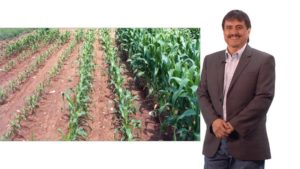
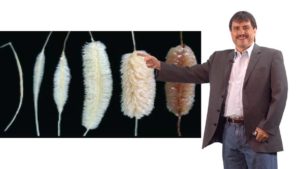
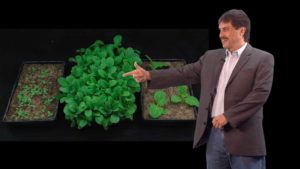
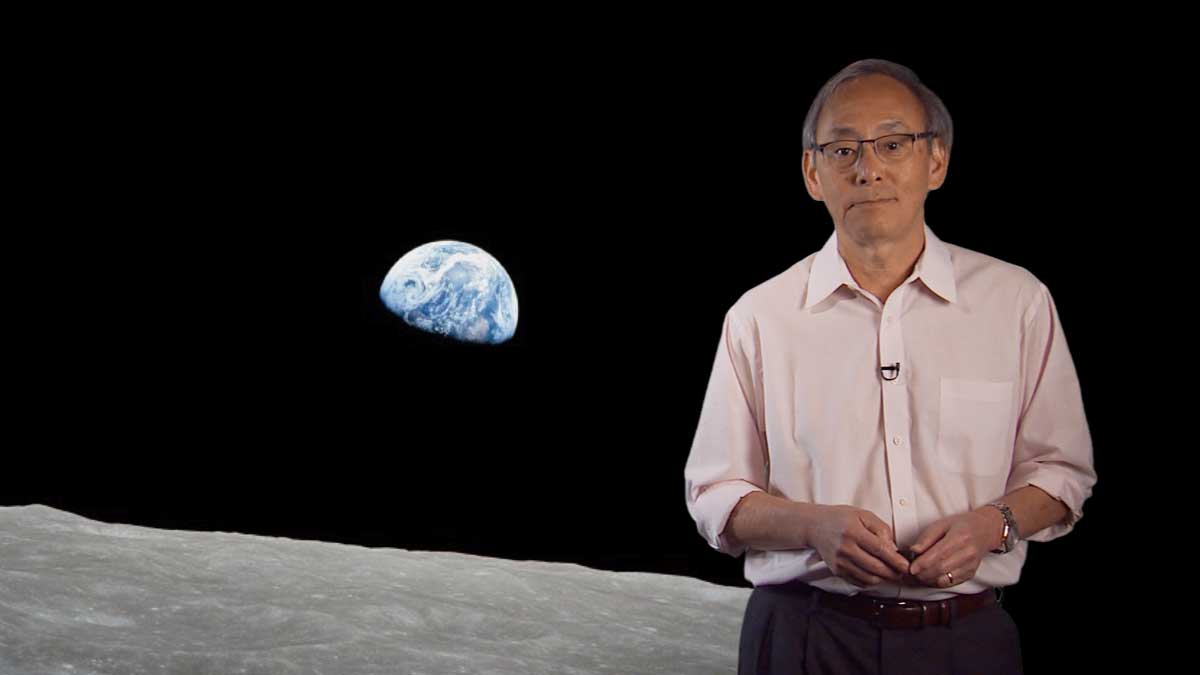
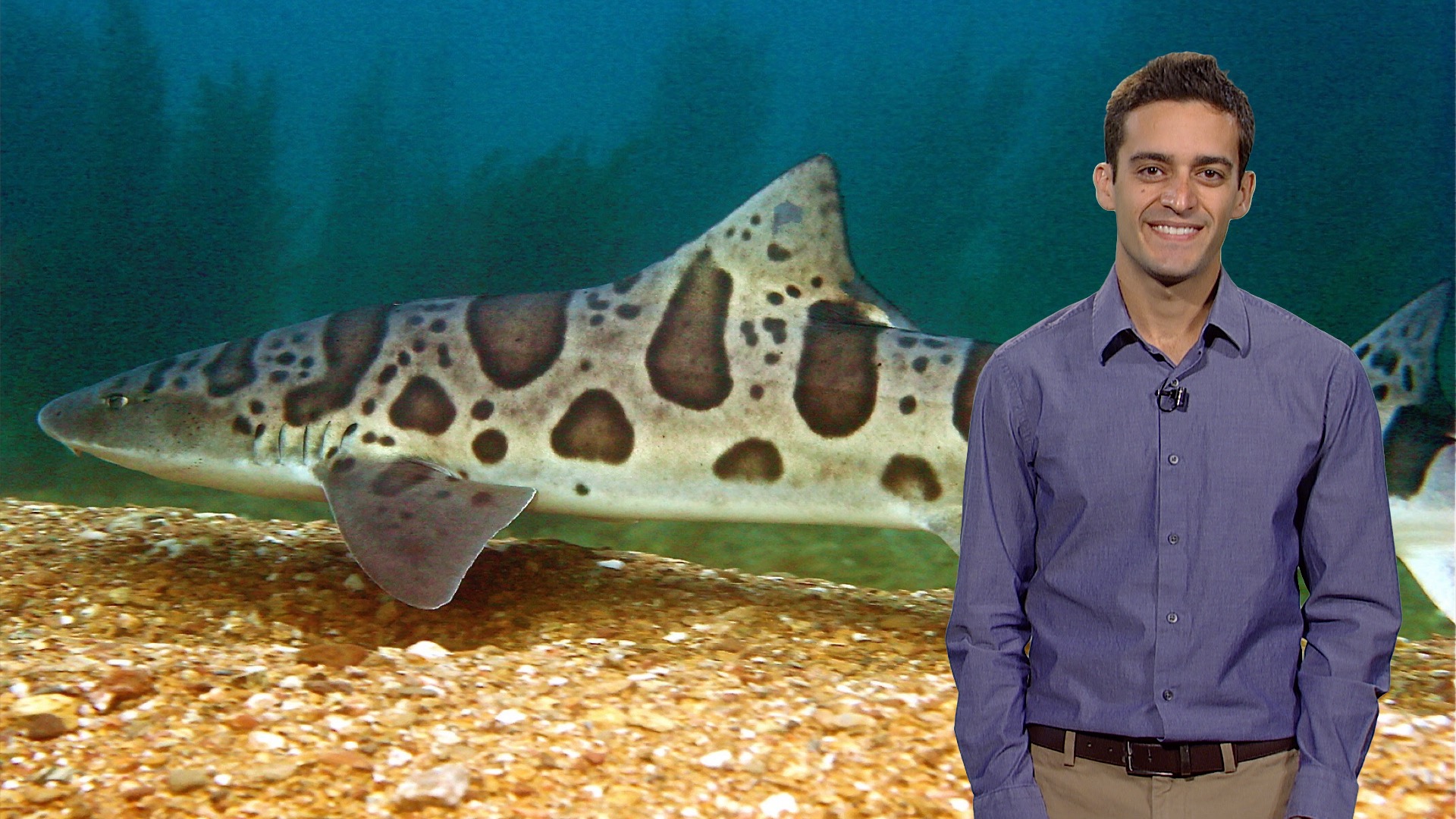
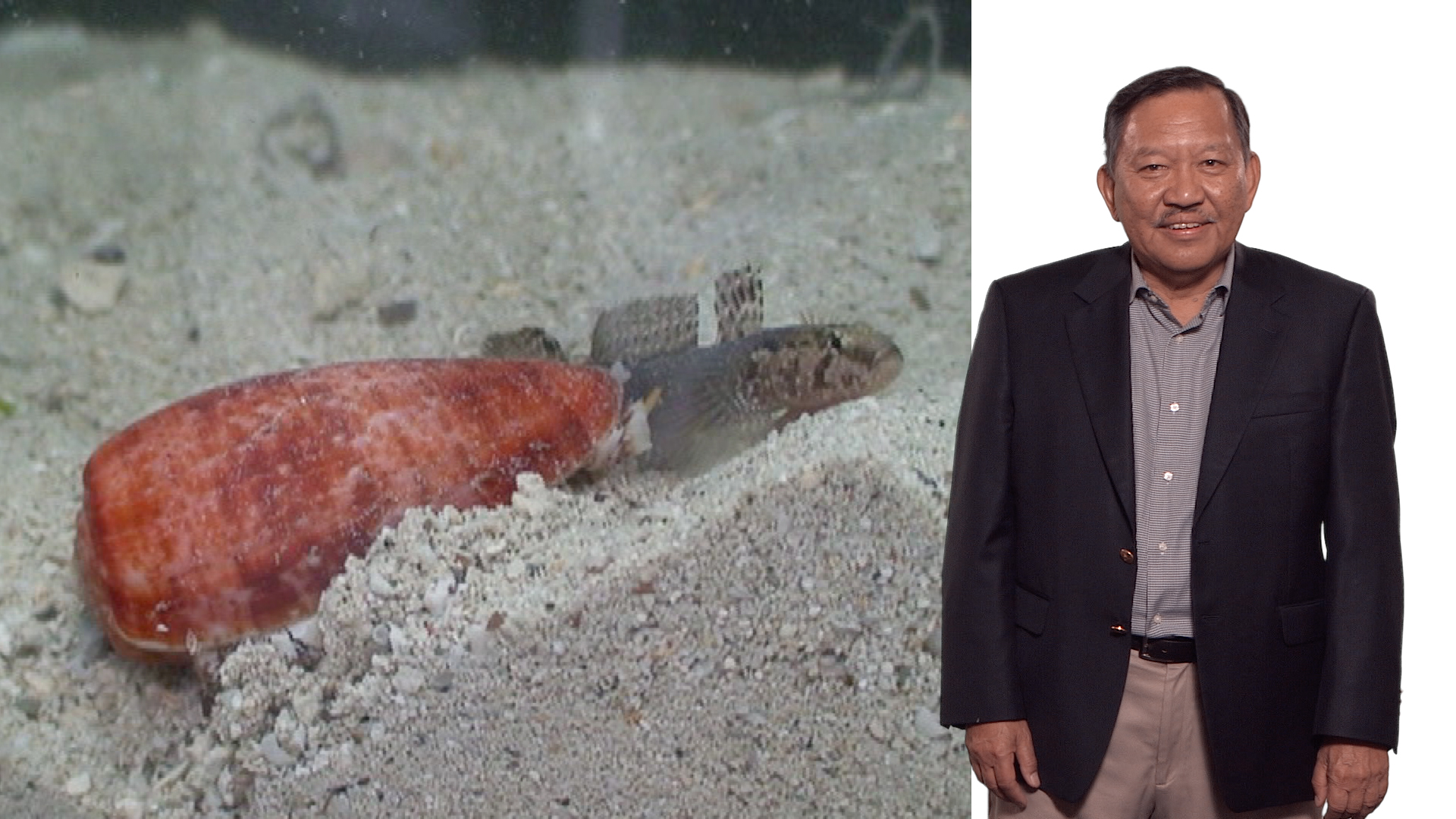
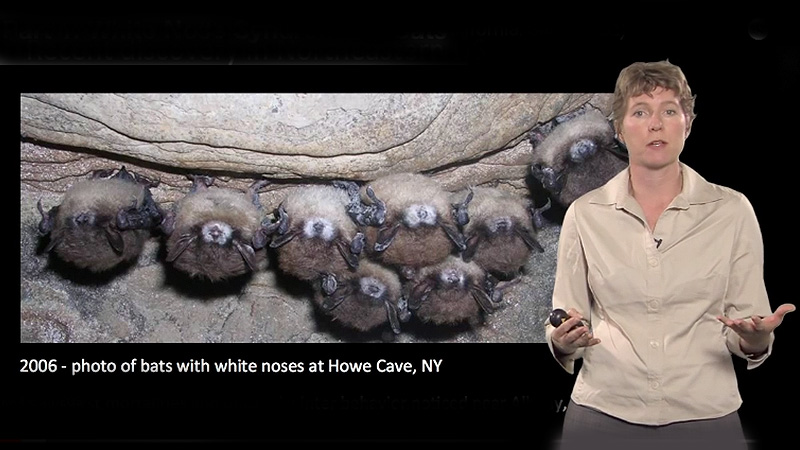





Alejandro Viluce says
I was looking for a talk like this for a long time. As medical doctor who developed taking care of plants during these lockdowns, I wanted to find a deeper scientific explanations of plant nutrion, including biochemical and phyiological process.